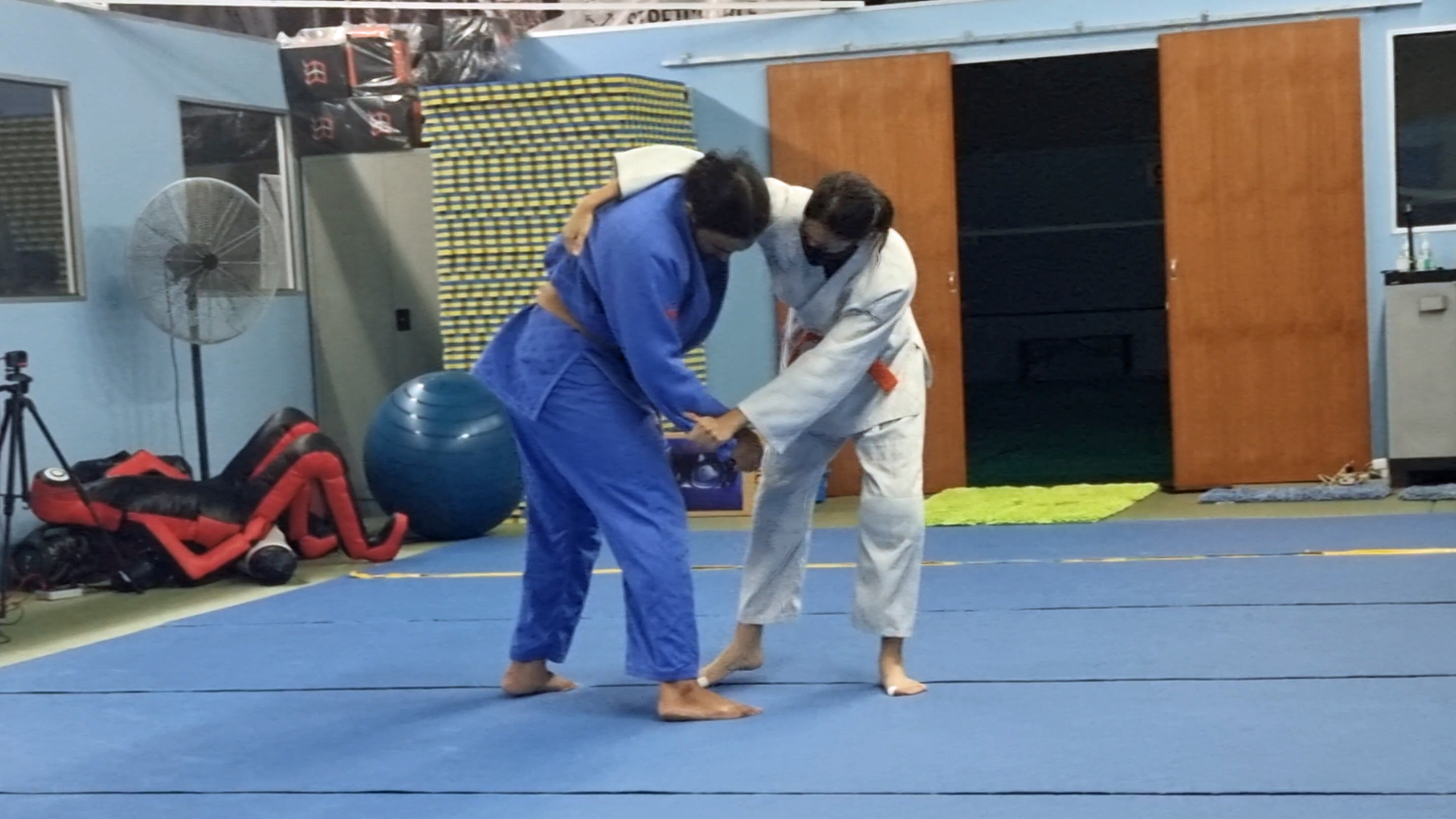
I have our competitors do two types of drills. One type is repetition drilling where they do a technique (tachi-waza or newaza) or some gripping sequence over and over again to build muscle memory. Their bodies have to get so used to doing such moves that they can eventually do them without thinking.
The other type is situational drilling where we simulate gripping and movement scenarios that happen quite frequently in competition. Such drills would not be necessary if we were a big club with many different types of judokas. But we're a small club with only a limited number of judokas on the mat. There is not enough variety in terms of the grips and the techniques used by these few judokas.
When doing these drills, I frequently remind the players to imagine they are doing it in a randori or shiai scenario. If they just go through the motions, without doing any visualization, they won't benefit much from the drills because when faced with a real randori or shiai situation, the movement won't feel familiar.
In contrast, if they had done those drills while imagining it was a randori/shiai situation, when it happens in real life, it feels familiar. They've already played that scene countless times in their minds. So, they will know how to react. They will know what to do.
In fact, I even tell the players to replay all the things they've done in their minds when they are at home. When they are resting and doing nothing, they should visualize doing those moves. This will reinforce their memory of the movements.
I can't emphasize how important this is. If you happen to be in a club with 50 over black belts on the mat each time and you can train there every single day, then you don't need to do visualization.
You will get plenty of training and plenty of opportunities to encounter different gripping, throwing and groundwork scenarios. Why bother to visualize when you have the real thing right there for you to experience?
But most judokas do not have such a luxury. Most judokas will have to make do with one or two regular training partners. In such a situation, drilling is important and visualizing when you drill, is important.
